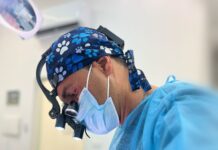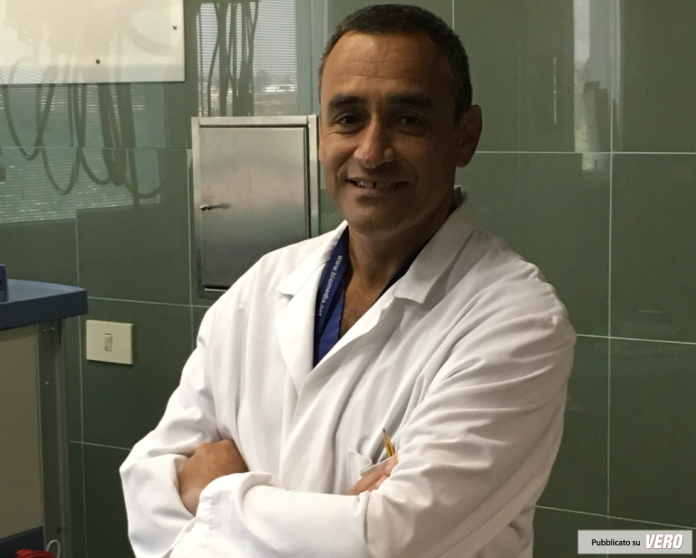Coxarthrosis is a degenerative disease of the hip joint and is characterized by a progressive erosion of the cartilage that covers the head of the femur and the acetabulum that houses it. It is one of the most important forms of arthrosis, both for the frequency with which it manifests itself in the population, and for the serious disability that can be achieved. To illustrate the new frontiers on minimally invasive interventional methods, is dott. Luca Lucente, renowned specialist in Orthopedics and Traumatology of Rome.
Dr. Lucente, when it is necessary to resort to the surgical procedure of prosthetic hip replacement?
When osteoarthritis causes significant functional limitations and pain is no longer controllable. The surgery immediately eliminates the arthritic pain and helps to radically improve the patient’s quality of life. Today the surgeon has more advanced materials and operating techniques than in the past, with the result that implants are increasingly stable, long-lasting and better integrated biologically and biomechanically with the bone. Even the operating techniques have evolved and are increasingly aimed at the preservation of bone and periarticular soft tissues (muscles, vessels and nerves).
Speaking of surgical techniques, you prefer the inguino-medial access route, applying a small incision at the level of the inguinal fold, why?
The hip prosthesis can be implanted through a lateral, lateral, anterolateral, anterior, or inguino-medial posteroal surgical incision. This last access, true novelty in the prosthetic surgery of the hip, does not provide for the cutting of its stabilizing muscles (buttocks, fascia fascia lata and rectus femoris) and allows to reach the joint through a direct path, without causing damage to anatomical structures. The advantages of this minimally invasive technique are manifold: the operation is less painful, the blood losses are lower, the postoperative functional recovery is almost immediate, the patient can immediately return to their daily activities and the risk of dislocation is practically absent ( the preservation of the muscular component allows to improve the stability of the joint). It also offers an important aesthetic advantage, which makes it particularly attractive to patients’ eyes: the surgical incision is practically invisible, because it is placed along the inguinal fold. In recent years, the growing interest in minimally invasive surgical procedures and “tissues sparing” has brought this technique to the fore, of which I have supported its effectiveness in numerous national and international medical congresses, such as the ISTA which is held in Boston in 2016 and the GFAC that took place in 2017 in China.
For more info (luca.lucente@fastwebnet.it) (www.protesiancaroma.it) (cell 3355446427)
by Roberta Imbimbo






















































